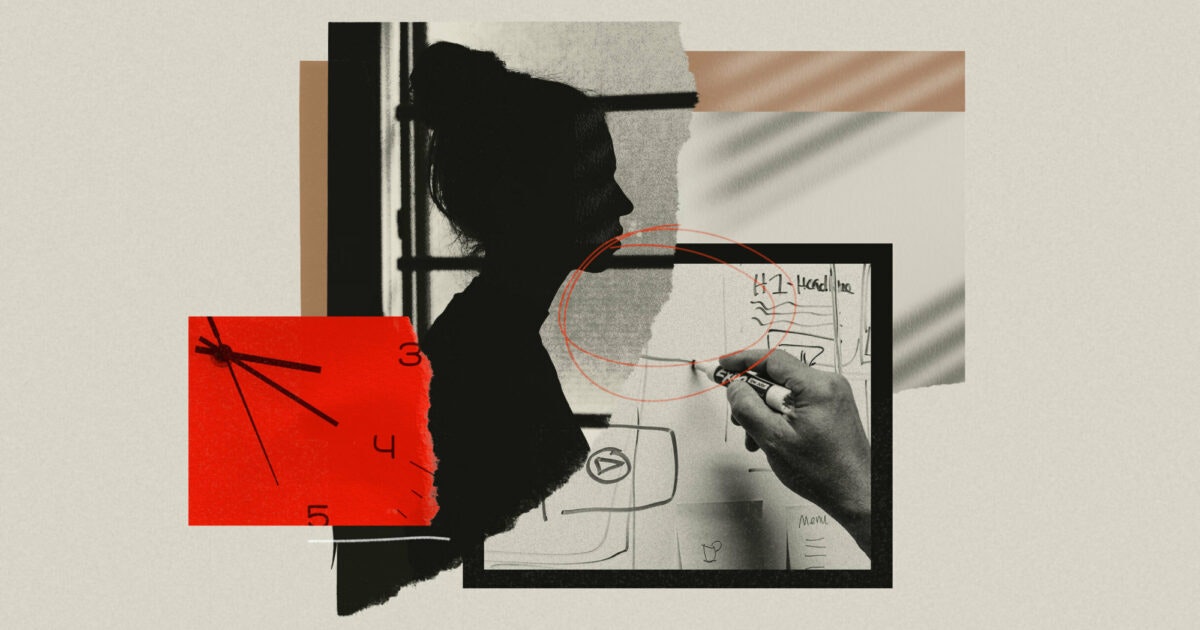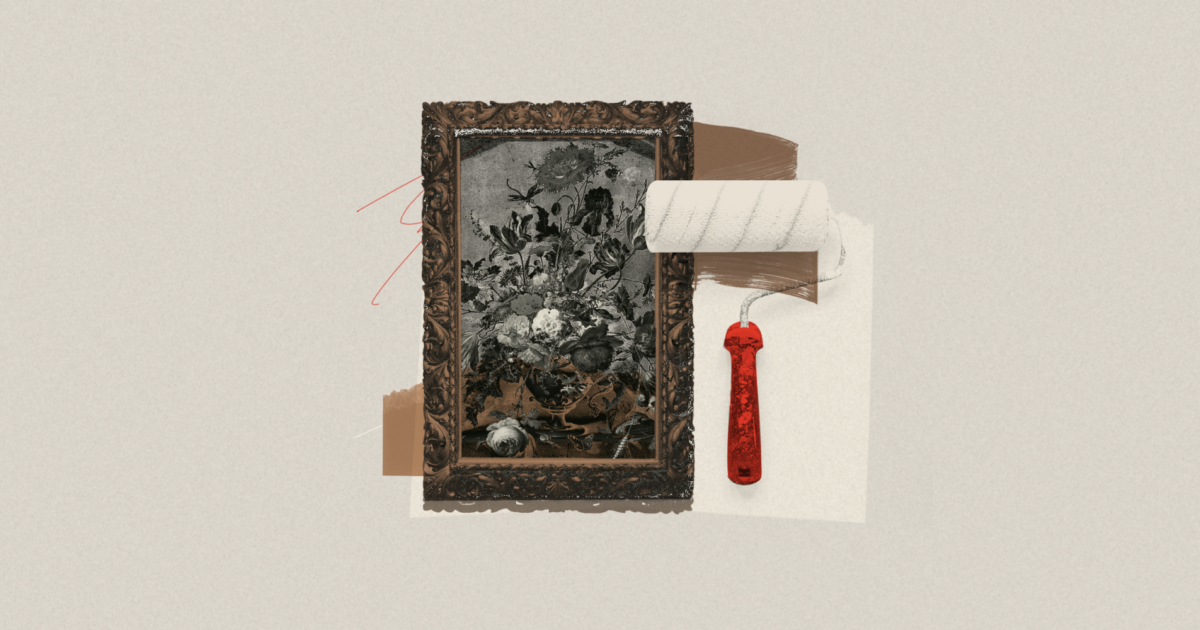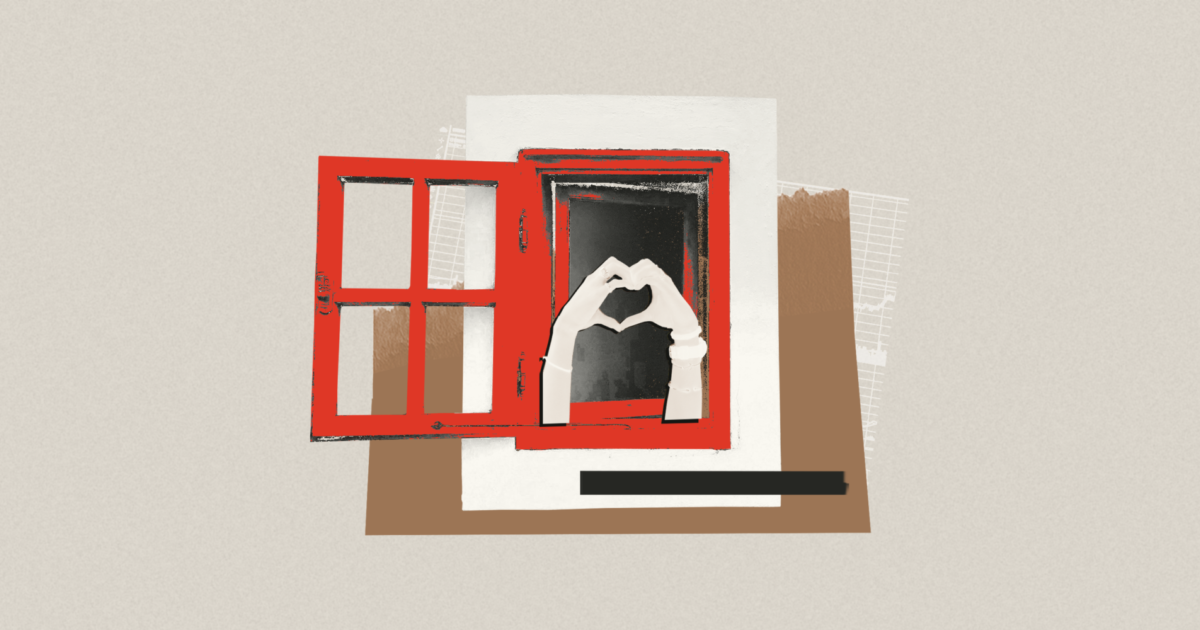We know change can feel scary, but don’t make decisions about your brand out of fear. Make decisions based on a confident understanding about your company’s past, present, and most crucially, future.
What if they hate our new brand? What if it looks too different from who we are today? What if our customers stop working with us because we changed?
We get asked these questions a lot, whether it's from a prospective lead or a client already weeks into a brand project. Fear usually rears its ugly head at some point. What we've learned from hundreds of projects is that these possibilities are extremely unlikely if your rebrand is created upon a strong foundation of reserch, strategy, and rationale.
But there is an even greater truth that I feel it’s important to share as well, which is:
Your competitors never want you to change — particularly when it comes to your brand. It’s in their best interests if you remain conservative, if you don’t rock the boat, if you remain unchanged in an ever-changing world. They have grown comfortable with your brand and aren't concerned by any minor changes you plan to make because your brand, as it stands today, is not a threat.
Want to know what really puts your competitors on their toes? Making the decision to be your boldest, most authentic self.
Choosing to take a strategic look at the brand opportunities that exist in your market and acting upon them — that will keep the competition up at night.
Now being BOLD can be scary. I understand that. There is comfort and safety in embracing where you’ve been. After all, it got you here, didn’t it? But comfort can turn into stagnation if you’re not careful — and growth does not come from a place of comfort. A butterfly breaking from its chrysalis is simple proof of that.
You have changed over the years. You’re no longer the new kid on the block. You’ve expanded your product/offerings, you better understand and serve your customers, and you’ve learned a hell of a lot. But since you last invested in your brand, newcomers have entered the market. Your closest competitors have evolved. Meanwhile, your brand is starting to get left in the dust by your competition, new and old, regardless of the fact that you have the best product, most robust features, competitive pricing, and sensational customer service.
If your brand feels inauthentic, if it's no longer speaking to who you are, if you’ve lost sight of your audience, if it lacks a human element, odds are your customers can feel it too. In a saturated market, brand can be one of the strongest differentiators — if you’re brave enough to let it.
When Airbnb launched its rebrand in 2014, it was met with an onslaught of criticism (and myriad nasty memes). Did the leadership waver? No. Why, you ask? Because to them, their new identity stood for more. It was created to be the universal symbol of belonging — a visual representation of their values and aligned with their vision. It was an embodiment of their boldest, most authentic self. Although they’re currently facing hardships due to the global pandemic, their brand hasn’t failed them.
The team at Airbnb chose to stay bold, brave, and consistent in the face of fear, and their commitment to their brand has been the springboard for their exceptional growth. You can look back at countless rebrands over the past decade that took this approach and it's hard to find a brand that truly scared their customers away, even in the face of public outcry of dislike for some rebrands after they launched.
I don’t want you to think that all rebrands are met with this level of criticism. Our experience shows that successful brand roll-out begins with internal buy-in, which requires the bold decision-making I've been talking about. Marketo is a great example of a company we worked with that started planning their rollout strategy from the onset of the project. The vision of the rebrand became infectious internally, which paved the way for a very intentional and successful brand rollout.
Brands are so much more than a logo, and we always advise our clients to tell their employees, partners, and customers the story of their brand and what it stands for first. Once you have them hooked, you can show them the logo ; )
If you’re thinking it’s time to take a hard look at your brand, we’re here and always game to talk shop.




